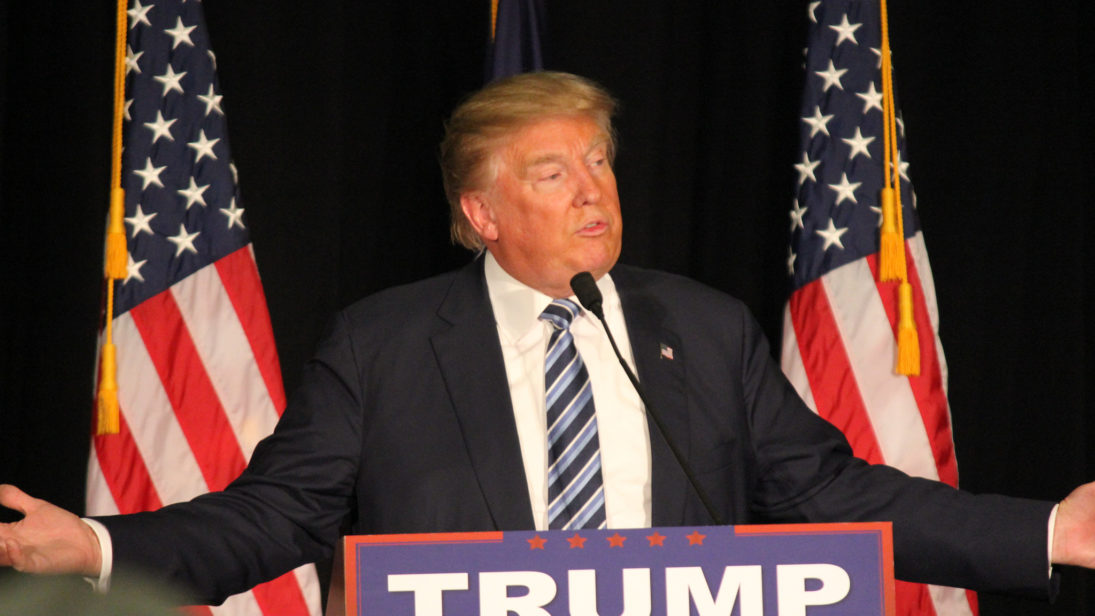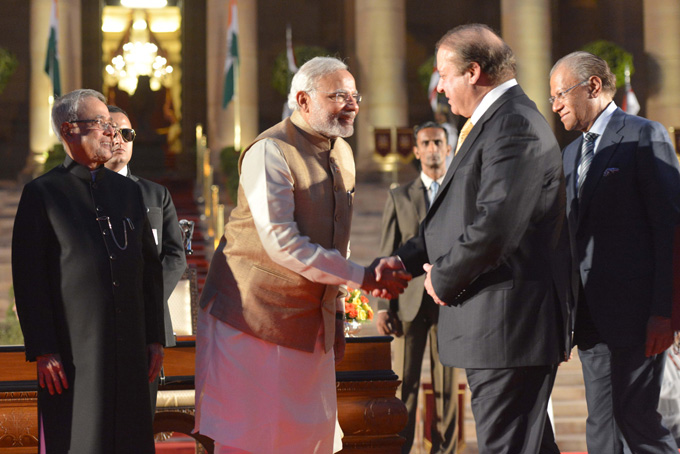
Overview
The Trump administration confronts a South Asia in which competitive geopolitics between India and Pakistan are intensifying. Both India and Pakistan have accused each other of interfering in one another’s internal affairs – India in Balochistan and Pakistan in Kashmir. Border tensions brewed in the Uri sector when India accused Pakistan of supporting cross-border infiltration by armed terrorists while Pakistan repeatedly criticized India’s gross violations of human rights in Kashmir.
Background
Traditionally, American foreign policy has worked to act as a “balancer” between India and Pakistan while at the same time ensuring that a rival power does not replace American influence in South Asia. However, the United States has not implanted this strategy successfully, and dividends have not been reaped. For instance, American military aid to Pakistan in the 1950s and Pakistan’s embrace of the U.S. security architecture under SEATO and CENTO prompted India to turn to China and later seek Soviet security assistance. Similarly, American military aid to India after the Sino-Indian border war prompted Pakistan to seek and later strengthen its alliance with China. In both cases, India and Pakistan looked for other sources of support after they saw the United States support their counterpart.
The United States, however, did not let go of India or Pakistan, regardless of shifting alliances. For example, during the 1980s, when Pakistan was strongly allied with the United States, the latter did not put any obstacles in India’s path to obtain enriched uranium for its Tarapur nuclear power plant. This policy aligned with the U.S. strategy of acting as a “balancer” while ensuring that it does not lose either state to an external power, therefore protecting American interests in the region.
In the 2000s, Pakistan and the United States became allies in the War on Terror and American economic aid and military assistance to Pakistan resumed. Ironically, both states then drifted away from each other. The drift occurred as a result of American suspicions that Pakistan was providing support to the Afghan Taliban as a hedge against American support to the Northern Alliance and its allies. The discourse on Capitol Hill concerning Pakistan became more hostile, to the point that the insurgency in Balochistan, an internal security matter, was discussed by a U.S. congressional subcommittee in 2012.
The Mumbai terror attacks in 2008 and the alleged network of terrorists operating out of Pakistani territory pushed India-Pakistan relations into a new frenzy. In light of these events, Pakistan’s position in South Asia was denigrated. India and the United States, meanwhile, strengthened their relationship by developing a joint position against terrorism.
Under these unusual circumstances, the United States seemed to have let go of its traditional policy of acting as a “balancer” between India and Pakistan. The discovery of Osama bin Laden in Abbottabad overshadowed the U.S.-Pakistani alliance, which should have been revitalized through their shared goal of fighting terrorism. As the situation between the two states worsened, Pakistan announced the inauguration of the China-Pakistan Economic Corridor (CPEC) project, fully embracing China through an economic partnership.
While Pakistan has turned to China before, such as in the 1960s, the situation is different now for two reasons. First, the political and economic profile of the Chinese state today is far more proficient than it was in the 1960s, when China was languishing in poverty. Second, the United States seems to be closing the door on Pakistan while during the Cold War it had more of an even-handed approach in South Asia.

Recommendations
An even-handed approach by the United States works best. It ensures that Kashmir, the pivotal conflict between India and Pakistan, is eventually resolved through positive sum logic—it should be a win-win situation for both Pakistan and India rather than an advocated solution that supports one state against the other. If an even-handed approach is abandoned by the United States, the most likely outcome is a zero-sum game of intense geopolitical rivalry between India and Pakistan, the contours of which are already in play.
An American tilt towards India at the same time that it contributes to the escalation of tensions also allows for China and Russia to increase their influence in South Asia. Chinese influence in the shape of CPEC is already in place while Russia conducted joint military exercises with Pakistan in September 2016. The Trump administration stands to lose ground in South Asia and in the process lose its credibility as a mediator between India and Pakistan.
It is imperative that President Trump understands that the India-Pakistan conflict is primarily a mixed-motive confrontation. It cannot be understood solely from a conflict lens nor the mere invocation of past wars and crises. It cannot be characterized essentially as a zero-sum game. In the case of India and Pakistan, facets of cooperation and conflict are embedded within the confines of the relationship. One can find ample evidence of conflict, wars, and crises while at the same time examples of cooperation such as the Indus Waters Treaty, political and military confidence-building measures negotiated in the 1990s, and the Composite Dialogue in the 2000s.
The Trump administration should play its part in ensuring that the mixed-motive confrontation approach where India and Pakistan compete against each other, but also cooperate with each other, is applied in South Asia. In this regard, President Trump should push for the resumption of political, military and economic CBMs between India and Pakistan. Second, friendly exchanges and people-to-people contact and support to Track-II diplomacy should also be encouraged. Third, the Trump administration, on the same lines as the Obama administration, should continue to support democratic processes and consolidation in Pakistan. Supporting democracy in Pakistan allays Indian security concerns for it provides the middle class in Pakistan a larger stake in government affairs and policy-making, and marginalizes socio-political actors detrimental to Pakistan’s state and society. Fourth, the Trump administration should encourage negotiation among the different stakeholders in Kashmir. Supporting such a process allays Pakistani concerns regarding human rights violations in the Valley and builds a firm ground on which to base a peace process.
These tasks are certainly not easy and require novel imagination on the part of India, Pakistan, and the United States. However, if such a process is undertaken and moves are made towards the resolution of Kashmir, this could well be President Trump’s most enduring legacy in South Asia.
Editor’s note: As Donald J. Trump assumes the presidency of the United States, SAV contributors write memos laying out the issues he should pay attention to in South Asia—specifically with regard to security, India-Pakistan tensions, and Afghanistan. Read the entire series here.
***
Image 1: Flickr, Matt Johnson
Image 2: Flickr, Narendra Modi


